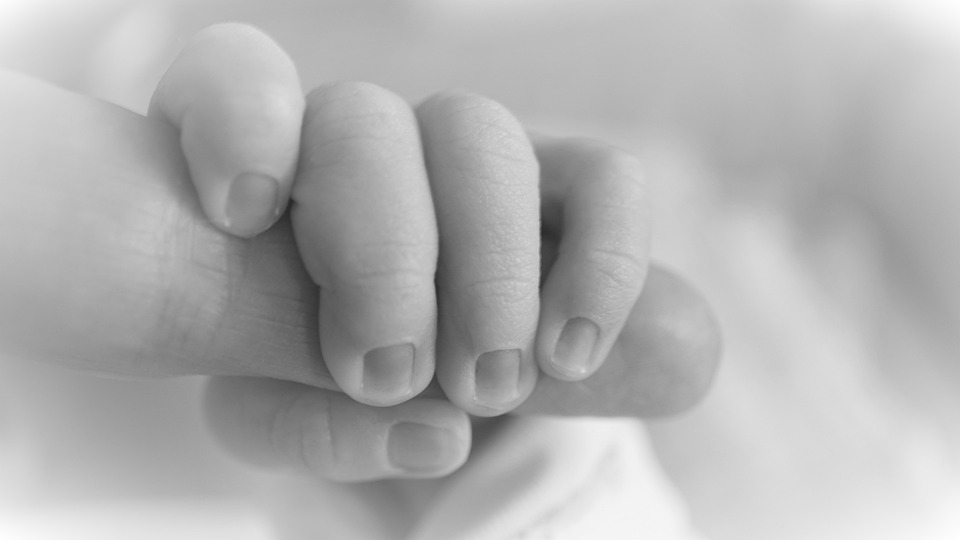As a parent, it’s natural to want your baby to be perfect in every way. However, it’s important to remember that every child is unique and has their own special features. One common feature that many babies have is facial asymmetry, and it’s nothing to worry about. In fact, embracing your baby’s unique facial features can help them develop a strong sense of self-esteem and confidence. Let’s take a closer look at how you can love and celebrate your baby’s facial asymmetry.
Understanding Facial Asymmetry
Facial asymmetry is when one side of the face is slightly different from the other. This can manifest as one eye being slightly larger or higher than the other, or one side of the mouth having a different shape than the other. It’s important to note that this is completely normal in babies and often evens out as they grow. In some cases, it may be a result of positioning in the womb or from the birthing process. It’s also common for babies to develop flat spots on their heads from lying in the same position for extended periods of time, which can contribute to facial asymmetry.
Loving Your Baby’s Unique Features
Instead of trying to hide or “fix” your baby’s facial asymmetry, embrace it as a part of what makes them special. Just like adults, babies come in all shapes and sizes, and celebrating their individuality can create a strong foundation for self-acceptance and confidence. When you show love and acceptance for your baby’s unique features, you are teaching them that they are perfect just the way they are.
FAQ about Embracing Facial Asymmetry
Q: Will my baby’s facial asymmetry even out as they grow?
A: In many cases, yes. As your baby’s head and facial structure continue to develop, you may notice that any asymmetry becomes less noticeable over time. However, if you have concerns, it’s always best to consult with your pediatrician.
Q: Should I be worried about my baby’s flat spot on their head?
A: Flat spots on a baby’s head, also known as plagiocephaly, are common and often resolve on their own as babies become more active and mobile. If you are concerned, speak with your pediatrician about potential strategies for repositioning and activities to promote more varied head movements.
Q: What can I do to help my baby embrace their unique features as they grow older?
A: Encourage open discussions about differences and uniqueness. Show your child positive examples of diversity in all forms, including in physical appearance. By embracing and celebrating differences in others, your child will be more likely to embrace and celebrate their own unique features.
In Summary
It’s important for parents to remember that their baby’s unique features, including facial asymmetry, are what make them special. Embracing and celebrating these differences can help your child develop a strong sense of self-esteem and confidence. As your baby grows, continue to show them love and support, and remember that their uniqueness is something to be cherished.
[ad_2]













コメント